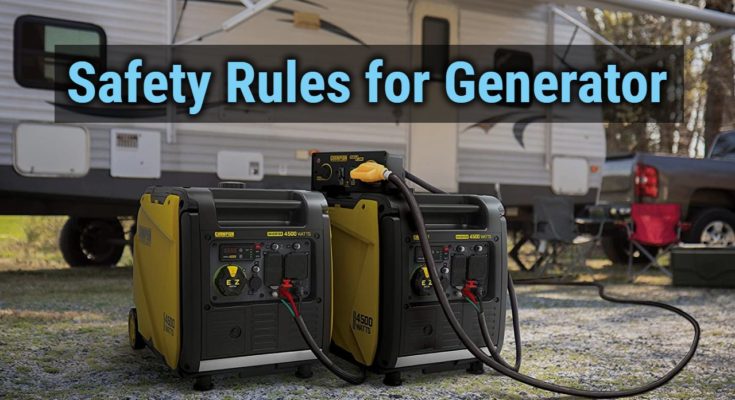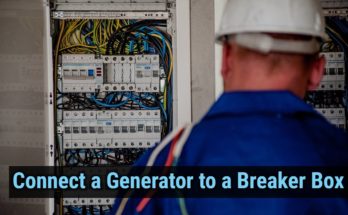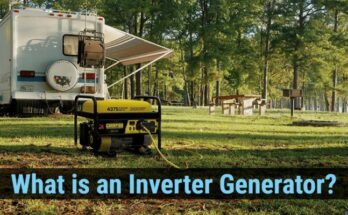A portable generator is a handy electrical equipment that enhances comfort during power cuts for modern-day houses, and it saves your food from spoiling in your refrigerator, it will keep your heater on and will chase away the darkness. It will be the savior from a power outage, they are simple and easy-to-use tools, but if not properly used, then they can result in fatal accidents. It may even cost a life.
To keep those accidents from happening, it is critical that you follow some safety rules, which we have mentioned below.
Table of Contents
Never Operate Your Generator Indoors
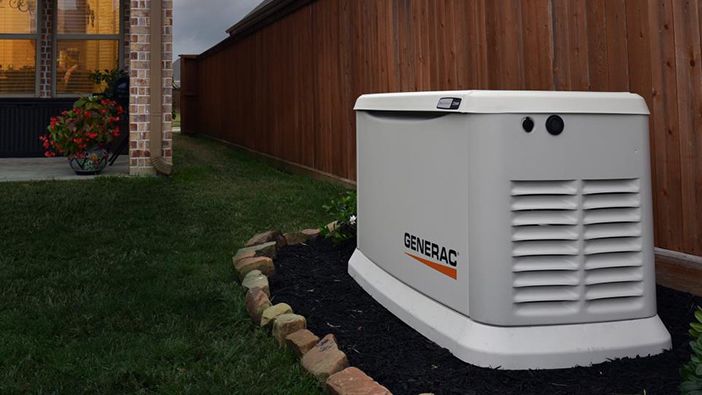
The first thing to keep in mind is to never place the generator indoors or near the house. Generators produce carbon monoxide (CO), which is a deadly odorless and colorless gas, that can cause poisoning if breathed in, and people may eventually die. To prevent the accumulation of this gas, it must be at least 3 to 4 meters away from any nearest obstacle from all directions.
A generator should always be placed in the open where enough ventilation is available.
Ground Properly
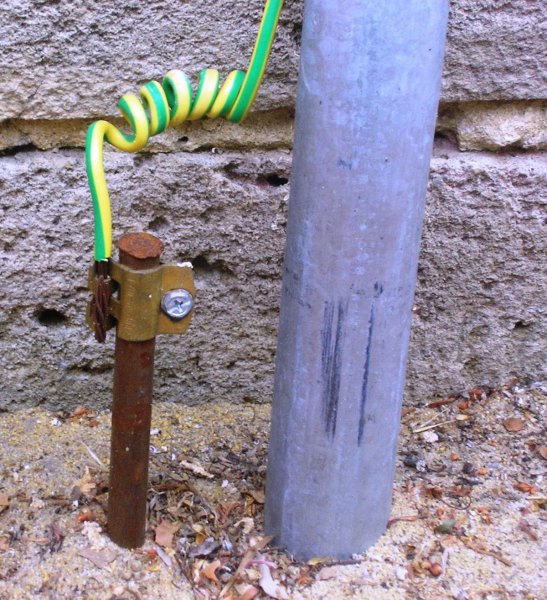
The grounding of the generator is critical, and it eliminates the risk of getting electrocuted. Always make sure that your generator is properly grounded when in use to avoid the risk of electrocution. the plus point is, most of the modern generators will be already grounded, but make sure that you go through the owner’s manual to ensure if your generator needs to be grounded or not.
A portable generator won’t actually need to be additionally grounded when you power the appliances directly from the outlets.
Don’t Plug a Generator Directly Into a House’s Wall Outlet
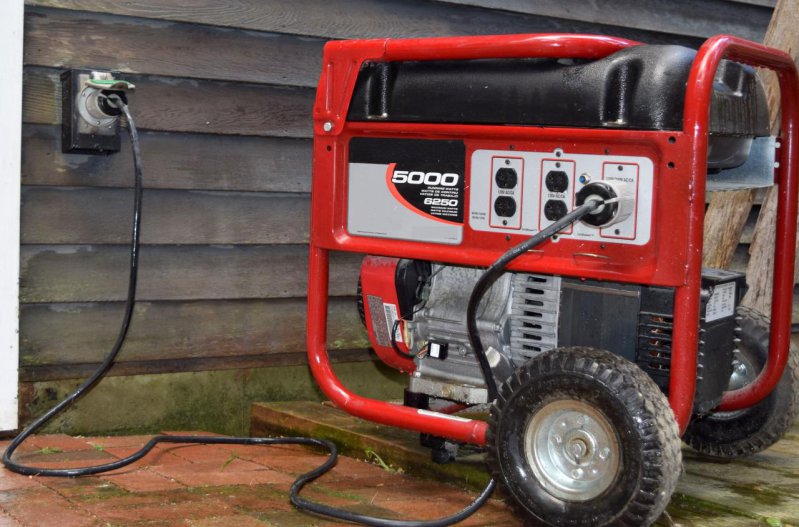
If you directly plug the generator into your wall’s outlet, then it can turn out to be disastrous. A directly connected generator to the house can beck-feed the power to the utility lines. If some electrician is working on the line, then he/she may get electrocuted. You can be prosecuted if that happens. The law requires you to connect the generator to your house only through a transfer switch installed by a certified electrician.
The transfer switch disconnects the utility line when the generator gets connected to the house, and this prevents many serious problems.
Turn off a Generator Before Refueling
A generator produces heat along with electrical power, the cooling measures are in place, but they don’t completely cool it down. Special care needs to be taken during the refueling process. The generator is hot, and the fuel is highly flammable, so it isn’t a good idea to pour the fuel in just after the generator is stopped. Be sensible and give it some time to cool down and only then refuel it.
Also, don’t keep any fuel or combustible things near the generator. Moreover, keep it in such a place so that your pets or toddlers can’t reach it.
Read The Manual

You won’t have detailed knowledge about the operation of the generator and its needs until you don’t read the instruction manual. It contains all the necessary things that you will keep in mind if you want to avoid any problems and increases the lifespan of your generator.
These instructions will be different for different models and manufacturers. Like the type of fuel, the generator will use. Some generators can use any type of gasoline, but some are restricted only to gasoline, which has an ethanol content of less than 10%. This is the single thing, and there will be many more.
Also, to avoid accidents, steps for any procedures should be executed in sequence as provided in a manual. A simple example is the connection of the generator to the transfer switch. You can’t just do all the steps randomly, and it should be properly done as instructed.
Don’t Overload your Generator
Most of the generators come with overload protection, and if you connect the load more than the generator’s capacity, then it will turn itself off. But, if your generator doesn’t have overload protection, then it may result in some serious problems. Your connected appliances might get damaged, and the electrical cord may overheat and meltdown. It can even result in a fire.
If you want to avoid overloading, then calculate your power needs beforehand and get the one that offers 15% more power than your requirement. This is to accommodate future expansion if there are any. Moreover, a generator always running at its full capacity will have a lower lifespan.
Use the Right Extension Cord
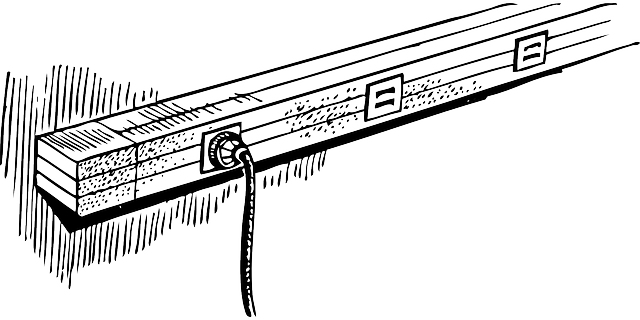
The cords used to bring the power to all the appliances must be of the proper rating. The rating of cords should be more than the appliances which need to be powered through it, including the starting watts, the rating of cable will be in amps or watts.
The use of sturdy and robust cables which are suitable for indoor and outdoor use should be preferred. Because you have a portable generator, then cables will run from outside to your appliances and electronics. The portable generator is kept outside to release the exhaust in the open.
There are special cords available in the market, all-weather cords, and they will have 3 or 4 120 volt outlets at the end. Moreover, only make use of 3 pronged plugs if the generator has that on the control panel. If you plan to use any other cables, they should be equally sturdy and of enough length without any damage to the outer insulation or the pins.
Install Carbon Monoxide Alarms or Detectors
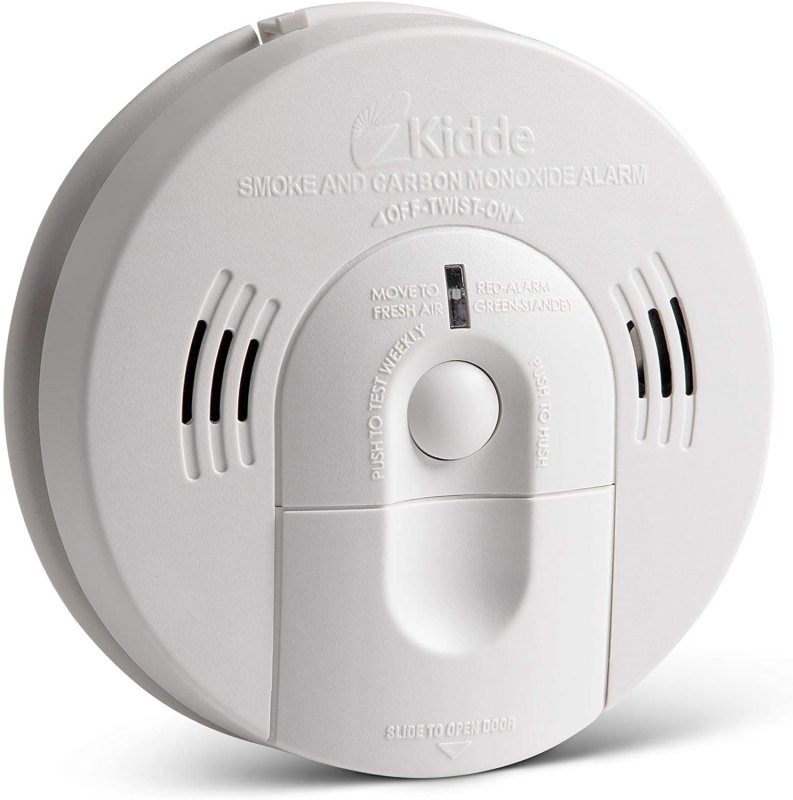
The dominant content in the generator exhaust is Carbon Monoxide (co). This gas is odorless, tasteless, and colorless. You won’t have the slightest idea when it will get accumulated in the house. It is a deadly gas and can lead to death if someone breathes in the accumulated gas. You generally put the generator away from the house mainly for this, and also for noise reasons, but if there is a storm or some natural disaster, then it will need to be kept beside the house or in a certain situation inside the garage.
For early detection of the high level of CO, you can install CO alarms or detectors. Make sure they are backed up by the battery, so don’t go dead when the electricity goes out. Install them outside the bedroom and on each floor of the house. Also, follow the proper maintenance guidelines and battery replacement periods.
Keep Your Generator Dry
A generator is an electrical device, and wet conditions can lead to electrocution. To avoid this, the generator should always be placed in such a way that it doesn’t come in contact with rainwater or moisture. The obvious solution can be to place the whole or partial part of the generator inside a garage. But this may lead to the accumulation of CO, which we want to avoid.
So, another solution is to build an enclosure for it with enough room for ventilation, and the generator can be placed anywhere you like and then enclose it with the enclosure. The enclosure can be made out of anything, wood, metal, or any other material. The purpose is to keep the generator dry.
Get an Electrician to Install a Standby Generator
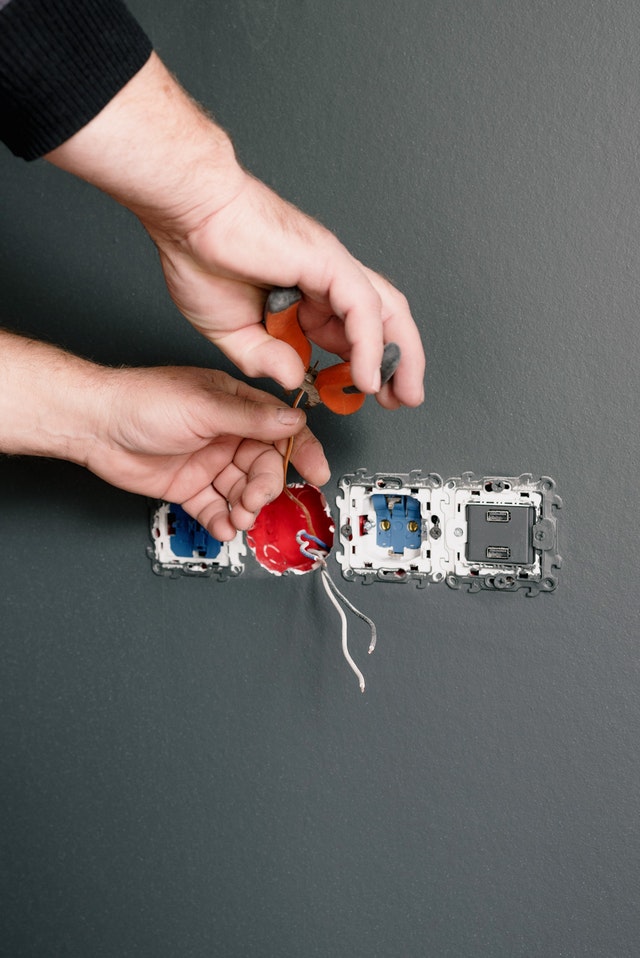
Electricity is dangerous, and it demands proper safety measures to be in place. But we don’t take this seriously for a generator as we do for grid supply. The generator can also be dangerous if connections are not made properly and safety measures are not considered. No doubt, a generator comes with its own set of safety measures, but if something malfunctions and it bypasses those safety devices, then it imposes extra risks.
This is why the installation should only be done by a professional electrician, and this stands firm if you are installing a transfer switch for a portable generator or making a connection of a standby generator to the house. They will know which transfer suits your needs and meets all the requirements of electrical codes.

